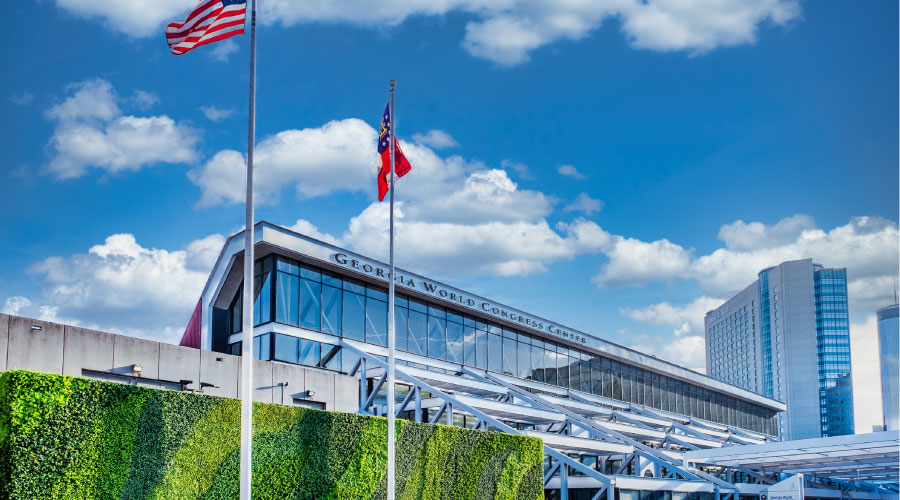Specifying Effective Portable Cooling Equipment
Institutional and commercial facilities are full of technology that produces important benefits, from energy savings and sustainability to productivity and efficiency. Few products, however, have made the transition from occasional stopgap to permanent must-have as rapidly as portable cooling units.
Facilities of all kinds have come to rely on computer servers and information technology (IT) equipment for their core operations. One result of this evolution is that cooling units maintenance and engineering managers once specified primarily to provide emergency cooling have become permanent units that provide cooling in server rooms.
"Originally, they were used on manufacturing floors to cool people," says Eddie Stevenson with MovinCool. "Then they evolved to cool processes, and now they've really evolved to primarily cool computer rooms. We're seeing probably 75 percent of applications in that space."
As servers and IT equipment spread throughout facilities — often into areas never designed to house such equipment — managers continue to face the challenge of specifying cooling equipment that can operate effectively in awkward, confined and often ill-prepared conditions.
Evolving Applications
The need for a comprehensive strategy to cool server rooms has become a higher priority for managers.
Applications "have evolved from being primarily a stopgap measure — a Band-Aid when a main unit has failed — to now, where a lot of them are used as a mainstream, dedicated cooling unit," says Garth Tagge with Spot Coolers. "They've always been sold and installed permanently, but with the advent of new types of units, a lot of them are being used permanently in more cases."
But because few facilities were designed for such installations, organizations are putting servers and IT equipment in the unlikeliest of places.
"We're seeing this equipment in these remote locations that were never intended to hold that kind of stuff," says Craig Watkins with Tripp Lite. "It's under a stairwell or in a closet. Sometimes, you open a janitorial closet, and you find a small rack enclosure holding some IT equipment, and it's next to a mop bucket. It's sharing space that was never intended to hold it, so a lot of those spaces never had tied in access to the facility HVAC. You need to have a supplemental cooler in there."
And given the cost of IT equipment and servers, the essential role they play in organizations, and the round-the-clock demands on equipment to cool them, not just any supplemental cooler will do.
"Because of the IT industry, there has been a huge push in terms of high-quality product that can stand up to being used 24/7 year after year," says Mike Paulson, president of AmeriCool. "One server room can have over $1 million in equipment that has to be kept cool. Portable units are being used more and more to cool these rooms, and IT managers want to know that the product is going to keep working round the clock."
Related Topics:













